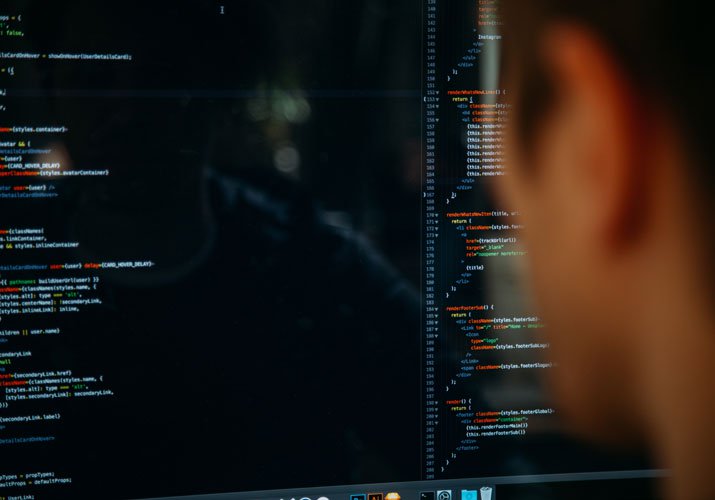
By Joe Mann | Vice President, Channel Support & Development, Brain Corp
22 October 2020

Parents want the very best for their children, including school environments that are safe and conducive to learning. However, as children across the country return to their classrooms this fall, school administrators are being forced to address an unprecedented threat: COVID-19. Though schools have typically been a breeding ground for seasonal colds and flus, school health and safety measures are not designed for tackling global pandemics.
This year, school districts are on high alert; they must institute a new set of policies designed to protect students and faculty and ensure that schools are thoroughly cleaned and disinfected on a continual basis throughout the day. This is putting intense pressure and unmanageable workloads on school janitorial staff who are now responsible for cleaning and disinfecting surfaces in each classroom multiple times a day. With severe budget deficits due to reduced tax revenues, school administrators will need to determine how they can maintain a safe and secure learning environment while retaining and assisting overworked janitorial staff and staying within predetermined budgets.
Cleaning robots go to school
Autonomous mobile robots (AMRs) can help K–12 schools keep up with daunting new cleaning requirements. AMRs are designed to safely and quietly navigate dynamic indoor spaces such as busy school buildings, hallways, and classrooms, and are already hard at work at some of the largest retailers and grocery stores across the country.
Unlike older generations of industrial robots, AMR cleaners such as those powered by Brain Corp run on advanced AI technology that enables them to follow complex cleaning routes without assistance.
Cleaning robots can support new hygiene standards in schools in four ways:
Supporting stringent cleaning demands and requirementsRising cleaning expectations require more frequent, intensive, and complex facility cleaning measures to protect the health and safety of students, faculty, and staff. Knowing that clean and orderly school spaces help facilitate positive academic outcomes and reduce sick-day absences for faculty and staff, K–12 schools have always been concerned about cleanliness and improving the health of the student population. Prior to the pandemic, U.S. schools spent an estimated $25 billion per year on teacher absences. The positive correlation between cleanliness and learning outcomes in the classroom is undeniable—reducing sick-day absences will lead to consistent instruction and decrease the pandemic’s impact on operational costs.
Meeting labor challenges head on
The floor is one of the largest and dirtiest surfaces in a school and improper cleaning can lead to a number of health and safety issues such as slips and falls, bacterial growth, and the spreading of viruses. With increasing labor costs and far more extensive cleaning requirements due to COVID-19, many K-12 janitorial teams may struggle to keep up with cleaning demands. AMR floor scrubbers can take on some of the janitorial staff’s tasks, allowing them to focus on disinfecting high-touch surfaces throughout the school.
The heightened focus on facility cleaning means schools must clean more frequently, which could require hiring more staff or increasing working hours. Rising wages and changes to mandated benefits are additional concerns for school districts that may face even more budget cuts in 2021. Floor cleaning AMRs add just a small incremental cost to a school’s daily operations, whereas repeated cleaning in a traditional manner compounds labor costs. AMRs enable frequent and consistent floor cleaning, allowing schools to do more to keep facilities dirt-free and stay within their budget, saving them thousands of dollars.
Tracking, verifying, and reporting cleaning tasksMaking sure cleaning tasks have been completed thoroughly and on time is a challenge for janitorial staff and school administrators across the country. AMRs assure school administrations that facilities are being cleaned thoroughly and properly every time, while also giving the school the option and flexibility to autonomously clean the floors more frequently and whenever they want with no additional cost. Brain Corp’s AMR floor cleaners feature integrated data capture technology that delivers real time performance and utilization tracking. This data verifies if and when cleaning has been done correctly, delivering quantifiable proof that schools are taking the necessary steps to mitigate health and safety risks. As part of the route and cleaning verification process, these AMRs can communicate directly with staff by text messaging to notify that a cleaning route has been completed or when they run into an issue.
AMRs can help schools deliver on their commitment to provide a top-notch education without compromising on their promise to keep students and faculty safe and healthy.


Let Us Know What You Thought about this Post.
Put your Comment Below.